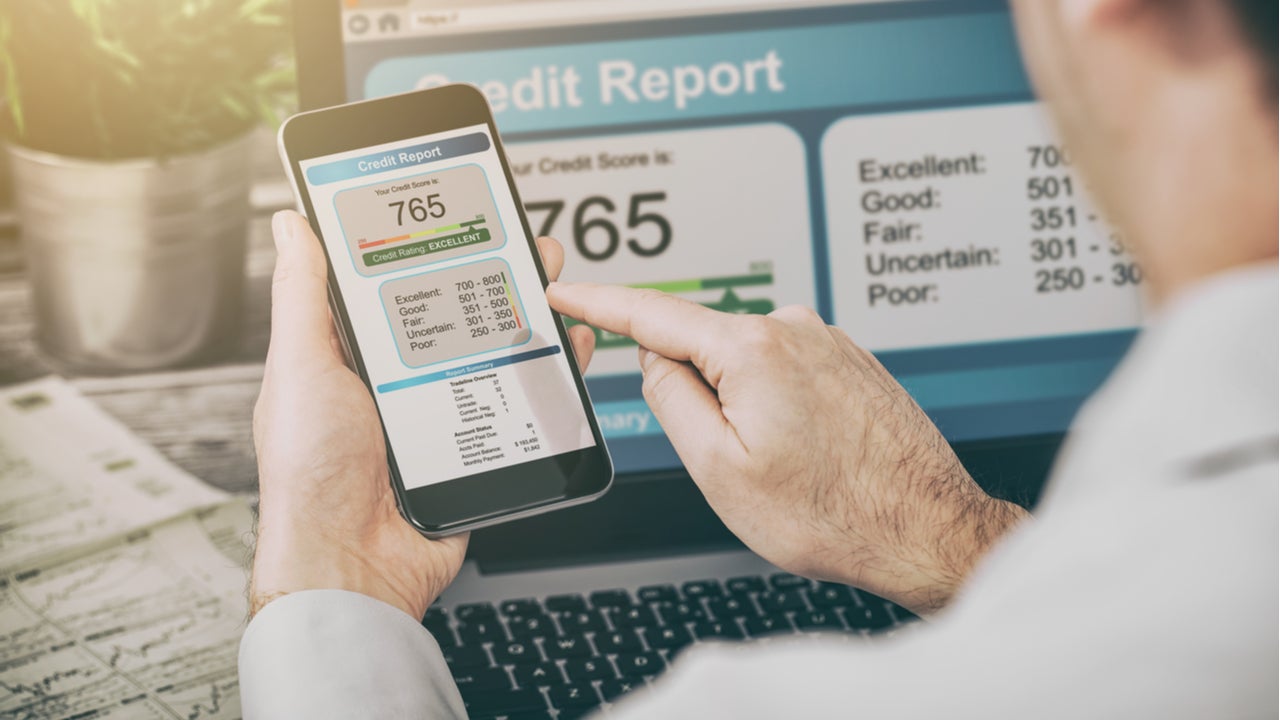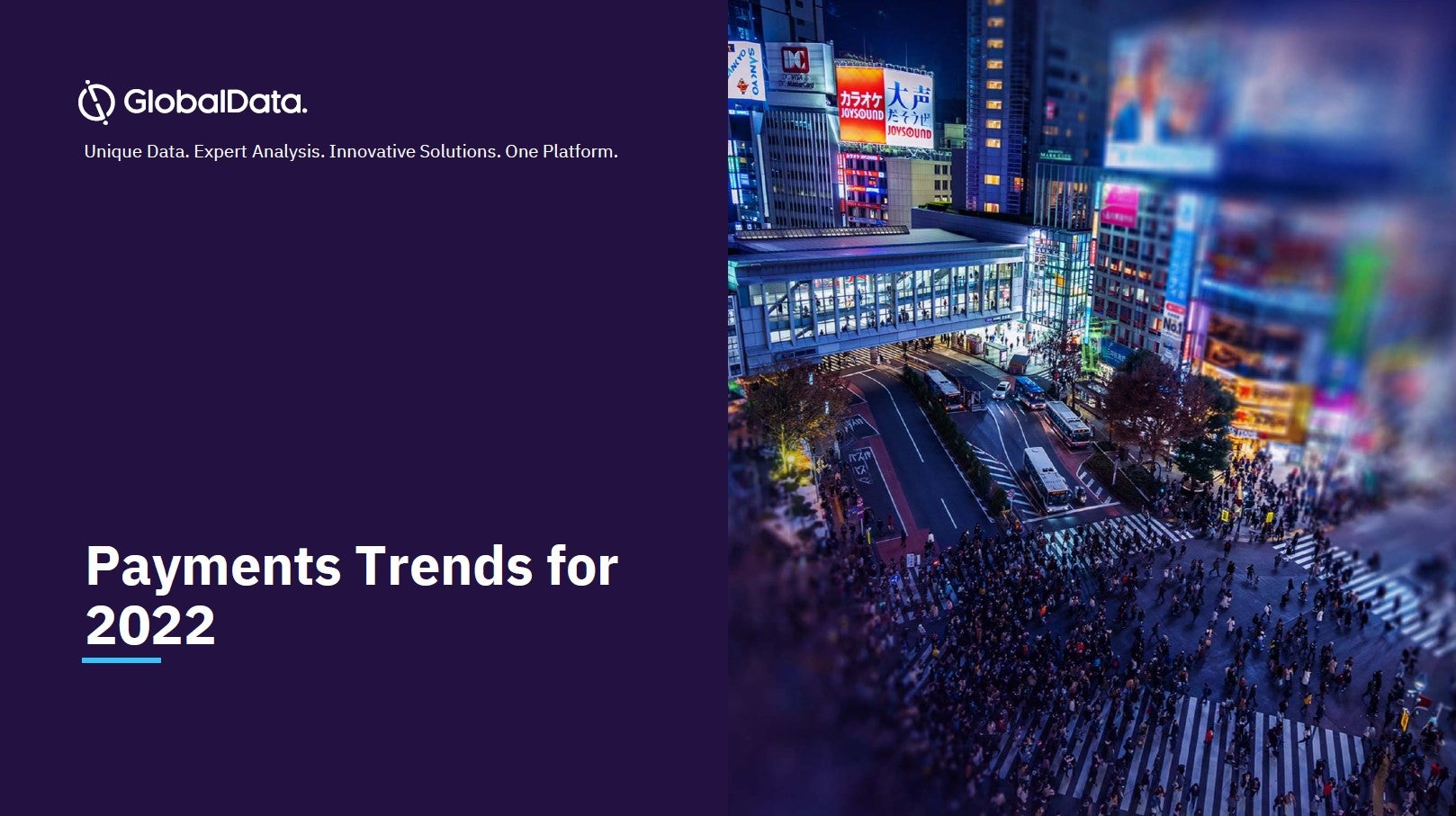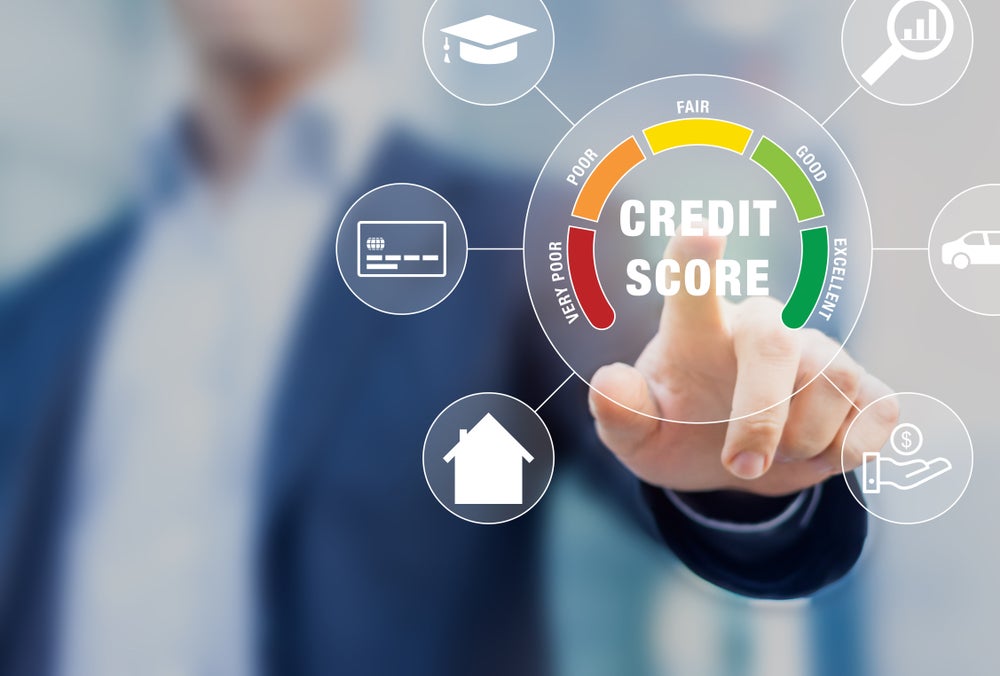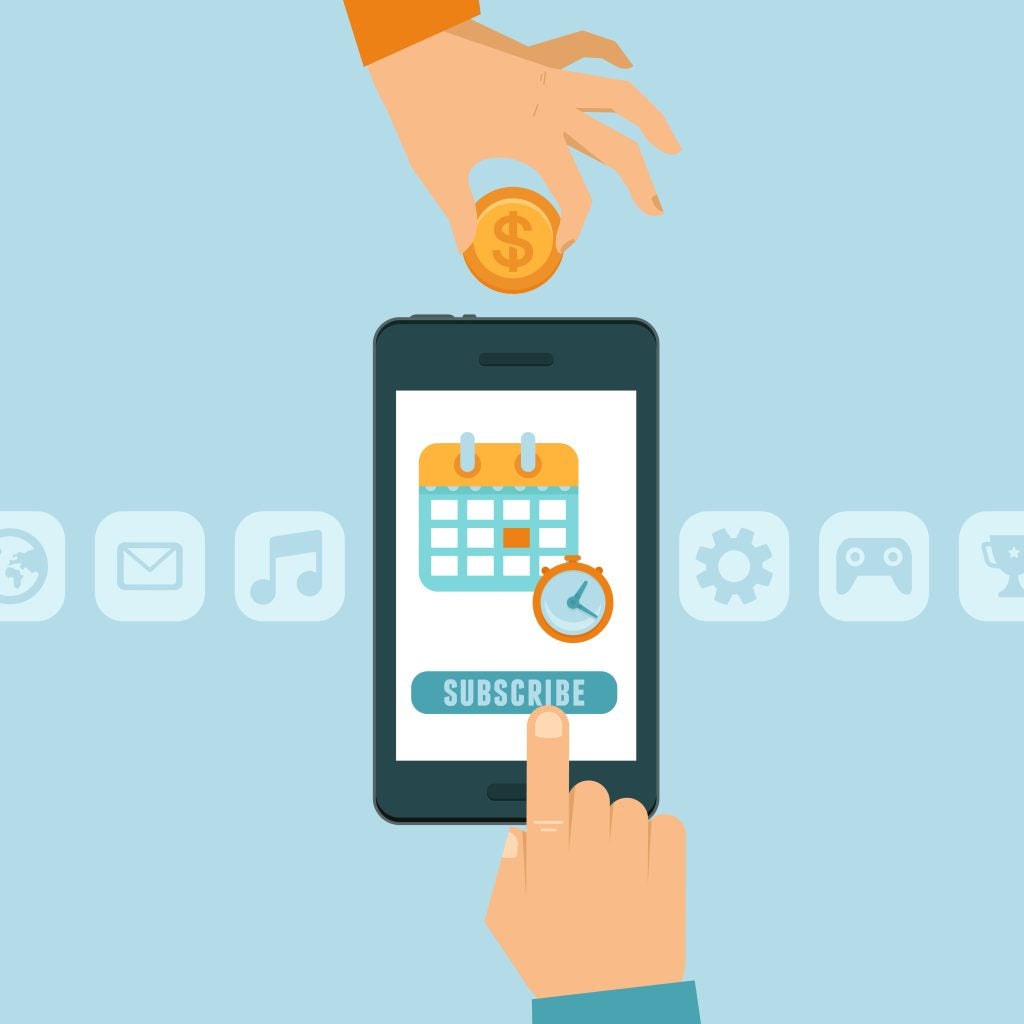
Traditional credit models rely on inputs about the presumed macroeconomic forecasts, which typically use traditional economic theory concepts of general or partial equilibrium. These forecasts may be completely unreliable as the artificial shutdown of many consumer goods and services markets has pushed the economy into a state of disequilibrium. Against this backdrop, the need for alternative data not necessarily directly related to applicants’ financial history is more important than ever to help enhance the predictive power of credit risk modelling.
Macroeconomic Trends
Listed below are the key macroeconomic trends impacting the alternative credit scoring theme, as identified by GlobalData.
Ongoing changes in the way people live and work
As millennials and Generation Z – who tend to be more credit-invisible – make up an increasing percentage of potential borrowers, this will require new products and services that will call for the inclusion of alternative data. The way people view lending, credit, and financing has undergone a sea change over the last five years or so. Be it fintech, payday loans, short-term loans, or cash-checking services, the way consumers access credit today is far different compared to a decade back. The traditional scoring agencies have not been able to match this radical shift in how they assess the creditworthiness of potential loan applicants, creating friction and unmet needs.
Global unbanked population and financial inclusion agenda
Globally there are an estimated 1.7 billion unbanked adults and/or adults without sufficient credit history to access loans. While China and India have the most people without bank accounts in per capita terms, Pakistan and Cambodia are among the countries with the least access to financial tools. The World Bank projects that alternative data could help provide formal financial services to up to 100 million more adults globally, generating around $380bn in new revenues for banks globally.
Need to encourage SME growth
Lending to small and medium enterprises (SMEs) is always the first to fall off during times of crisis, as their limited credit histories make them hard to assess. Expanding access to these firms can contribute as much as 33% of Gross National Product (GNP) in developing economies, yet effective lending to this segment is disproportionately dependent on alternative data sources. The same arguments apply in advanced economies, with SMEs as the lifeblood of economic recovery both in terms of political rhetoric and economic policy.
Covid-19 impact on risk assessment
The pandemic has made millions of otherwise creditworthy people non-creditworthy overnight, invalidating the assumptions underpinning generic risk models, many of which were barely fit for purpose anyway. Alternative finance has become a lifeline for credit starved businesses seeking to access government financial relief, with fintech lenders picking up the slack from banks that have pulled back on lending to higher-risk segments, much as occurred in the wake of the global financial crisis.
How well do you really know your competitors?
Access the most comprehensive Company Profiles on the market, powered by GlobalData. Save hours of research. Gain competitive edge.

Thank you!
Your download email will arrive shortly
Not ready to buy yet? Download a free sample
We are confident about the unique quality of our Company Profiles. However, we want you to make the most beneficial decision for your business, so we offer a free sample that you can download by submitting the below form
By GlobalDataCovid-19 impact on channel behaviour
Covid-19 has driven decades worth of channel shift in months. This presents unique opportunities to push digital lending, at a time when incumbents are highly motivated to avail themselves of the benefits, including a lower cost of underwriting and greater accuracy. According to our research interviews, automating the lending process for unsecured small ticket loans can cut the cost of underwriting new-to-credit applicants by 50%, especially for first-time borrowers requiring unsecured loans for short durations and small amounts. The total time for loan disbursal can be reduced from two to three days to less than five minutes.
Growing importance of psychological factors amid crisis
Crisis has brought into sharp focus how much different psychological profiles impact creditworthiness. For example, some responsible borrowers may decide to curb their expenses and/or liquidate certain assets in order to maintain timely credit payments, whereas others may take on additional debt or allow themselves to go into temporary arrears, perhaps even in anticipation of external assistance from government relief programmes.
In other cases, different psychological profiles may respond by taking out more credit than they actually need in the hope of creating a financial buffer, only to find that they can no longer afford the new payments if their financial situation fails to improve. Capturing this is a way to lower portfolio risks while extending more credit to responsible borrowers in times of heightened economic stress and uncertainty.
Importance of sustainability to augment credit risk and collections
This has two components. The first is credit risk assessment that factors in environmental, social, and governance (ESG) performance, on the basis that firms with poor ESG scores will represent increased reputational risks, and thus higher probability of default. Secondly, new data-driven models (rather than sector-focused) have higher predictive power, enabling banks to reach and engage with their most at-risk customers earlier with financial help.
This is doubly important given the large wave of non-performing exposures currently forming will soon absorb institutional resources, especially given traditional collections methods (calls, email, letters) are becoming less effective as channel behaviour evolves. Taken together, new approaches to credit risk management give banks an opportunity to re-shape their culture and reputation for the coming years.
Search for revenue puts more neobanks into lending and more lenders into neobanks
Many neobanks struggle to fund the services they provide. Monzo is the most notable example of a marketplace provider that is struggling, in no small part due to an immature lending business and over-reliance on interchange. More profoundly, questions remain as to whether these players have been too focused on front-end customer experience while underinvesting in the fundamentals of banking, around lending, credit risk technology and net interest margin. So too, many alternative lenders are applying for banking licenses, as they seek to lower origination/funding costs and apply data science to a more mainstream customer base.
This is an edited extract from the Alternative Credit Scoring – Thematic Research report produced by GlobalData Thematic Research.








